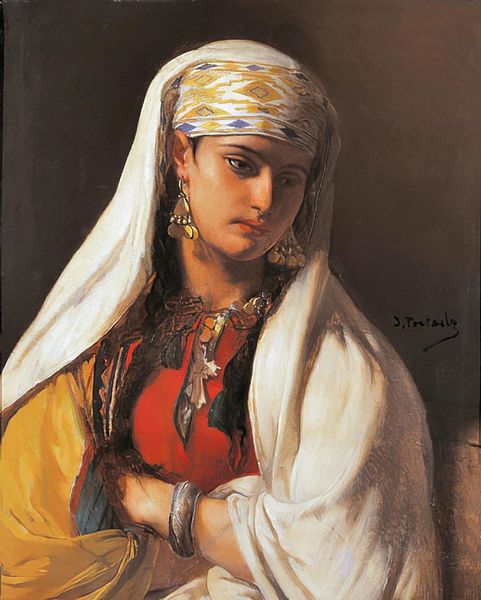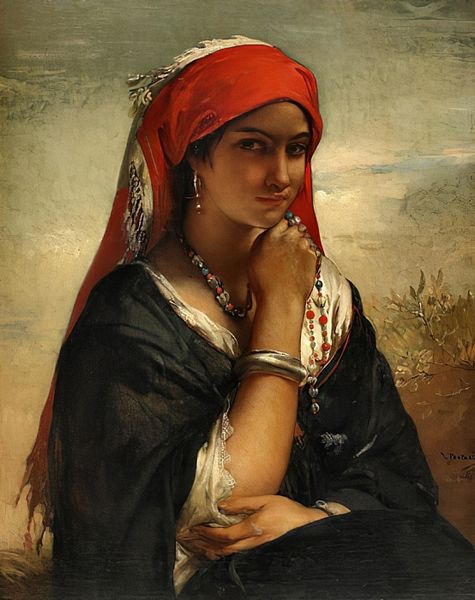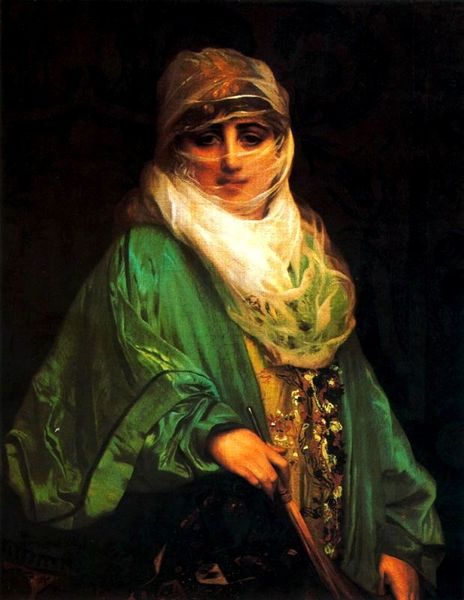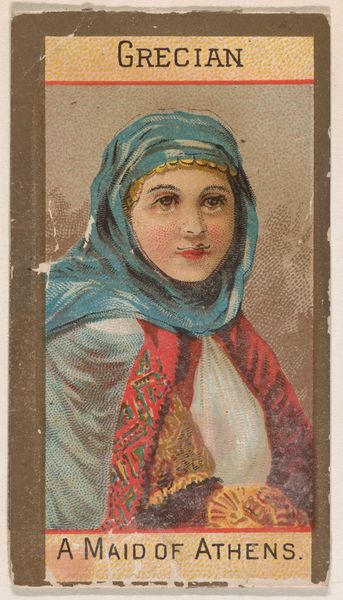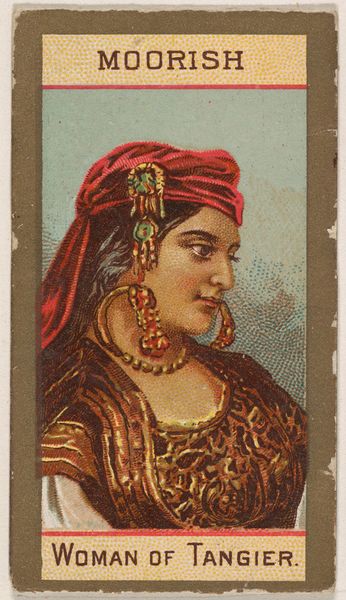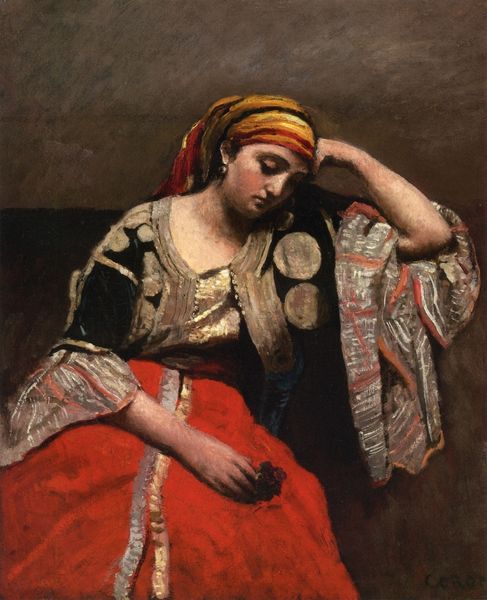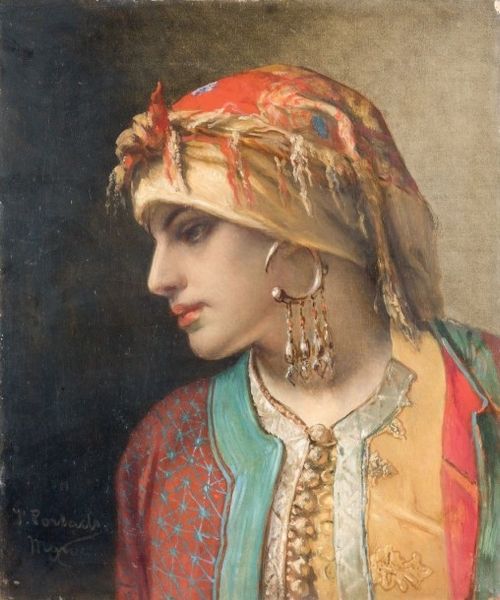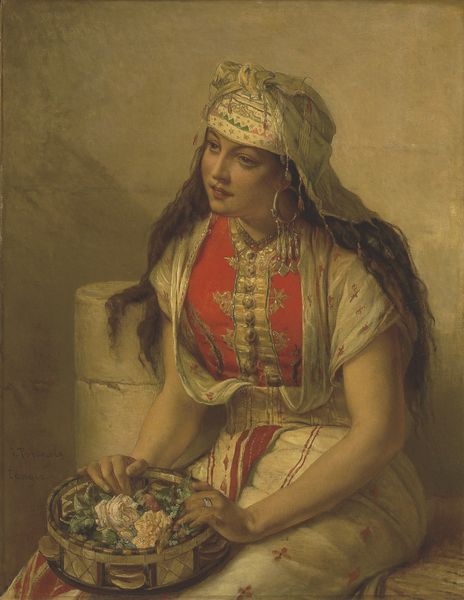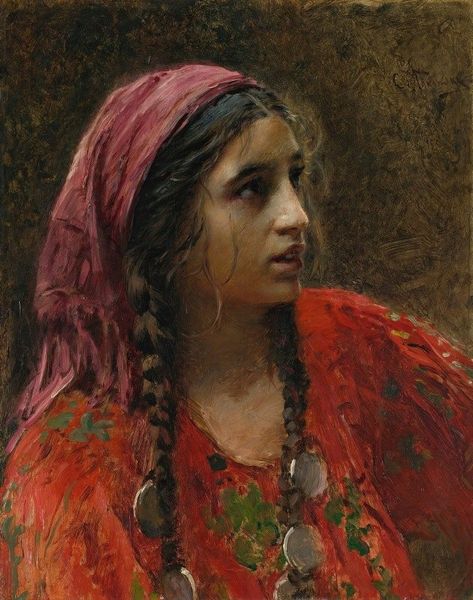
oil-paint
#
portrait
#
oil-paint
#
oil painting
#
romanticism
#
orientalism
#
history-painting
#
portrait art
Copyright: Public Domain: Artvee
Curator: Painted in 1839, this piece is Eugène Delacroix’s “Halbfigur Einer Marokkanerin,” an oil painting which translates to “Half-Figure of a Moroccan Woman." Editor: My first impression is a sense of quiet intimacy, like catching a fleeting glimpse into a private moment. The warm tones, especially that striking red, create a feeling of gentle mystery. Curator: Delacroix was deeply influenced by his travels in North Africa. His encounters there challenged the conventions of Western art. In the early 19th century, North Africa remained largely inaccessible to Europeans. Editor: Absolutely. Her gaze carries a sense of both invitation and reservation, a complex interplay of vulnerability and pride, enhanced by the deliberate symbolism of the veil. It’s such a powerful cultural marker, concealing yet revealing. Curator: This artwork comes from a period when there was considerable French colonial expansion and a keen scholarly interest in North Africa, reflecting the Western world’s evolving relationship with and understanding of the Orient. The subject seems somewhat generalized—more a representative of a type than an individual portrait. Editor: Yes, there’s a distinct sense of idealized exoticism, viewing her through a Romantic lens rather than capturing the nuances of her personal experience. And I do feel this echoes a cultural preoccupation, reflecting desires and projections onto a perceived “other.” The gold details, the soft fabrics… these contribute to an image of opulence and otherworldliness. Curator: Indeed, it is typical of the orientalist approach, where the focus rests more on fantasy and projection rather than direct lived experience of the subjects depicted, a romantic interpretation reflecting the exotic appeal North Africa held for many Europeans. Editor: For me, she holds the strength and history of women's identity as captured by the European eye, forever balancing between authentic portrayal and constructed mystique, as shown here through vibrant color choices and idealized aesthetic features. Curator: It serves as an excellent case study for understanding how the period's social and political landscape impacted artistic expression and perpetuated cultural perceptions, regardless of intention. Editor: Agreed. Examining this painting brings forth complex emotions about representation, offering many lessons about culture, and memory.
Comments
No comments
Be the first to comment and join the conversation on the ultimate creative platform.

